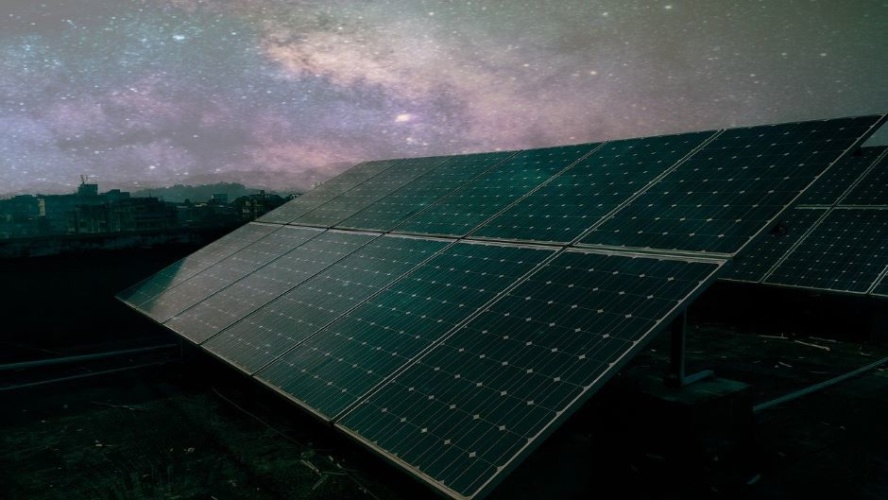Technique offers support to single-crystal graphene monolayers
Single-crystal graphene sheets produced on large-scale electrically insulating supports could help the development of next-generation nanomaterial-based devices, such wearables and solar cells.

This is the claim of a team from KAUST, Saudi Arabia who said most graphene-based electronic devices require insulating supports. They added that high-quality graphene films destined for industrial use are typically grown on a metal substrate, such as copper foil, before being transferred to an insulating support for device fabrication. This transfer step can introduce impurities that affect how well the device performs. Consequently, efforts to grow graphene on insulating supports have not been able to produce the required high-quality single crystals.
“If graphene can be grown on an insulating substrate with a clean interface, certain devices might function better,” said Ph.D. student Bo Tian, who co-led the study under the supervision of Professor Xixiang Zhang from KAUST’s Physical Science and Engineering Division. “This also opens the door to new types of graphene-based nanodevices.”
Register now to continue reading
Thanks for visiting The Engineer. You’ve now reached your monthly limit of news stories. Register for free to unlock unlimited access to all of our news coverage, as well as premium content including opinion, in-depth features and special reports.
Benefits of registering
-
In-depth insights and coverage of key emerging trends
-
Unrestricted access to special reports throughout the year
-
Daily technology news delivered straight to your inbox










Water Sector Talent Exodus Could Cripple The Sector
Maybe if things are essential for the running of a country and we want to pay a fair price we should be running these utilities on a not for profit...